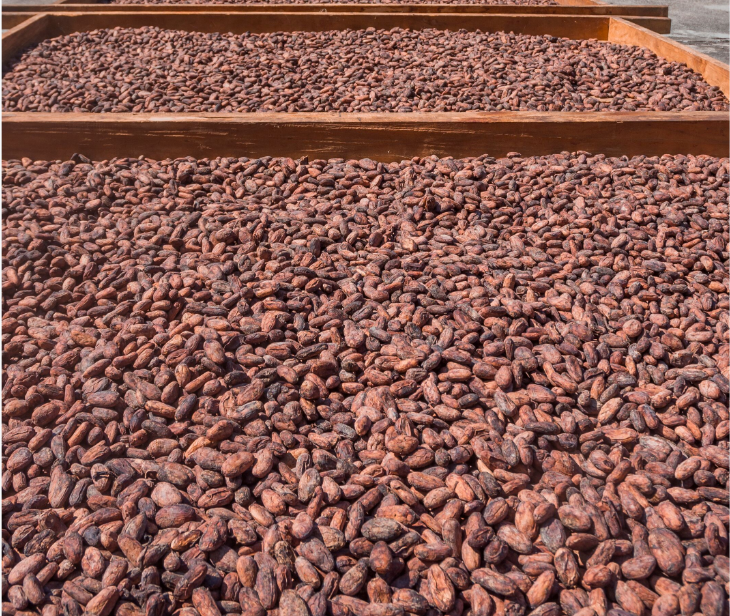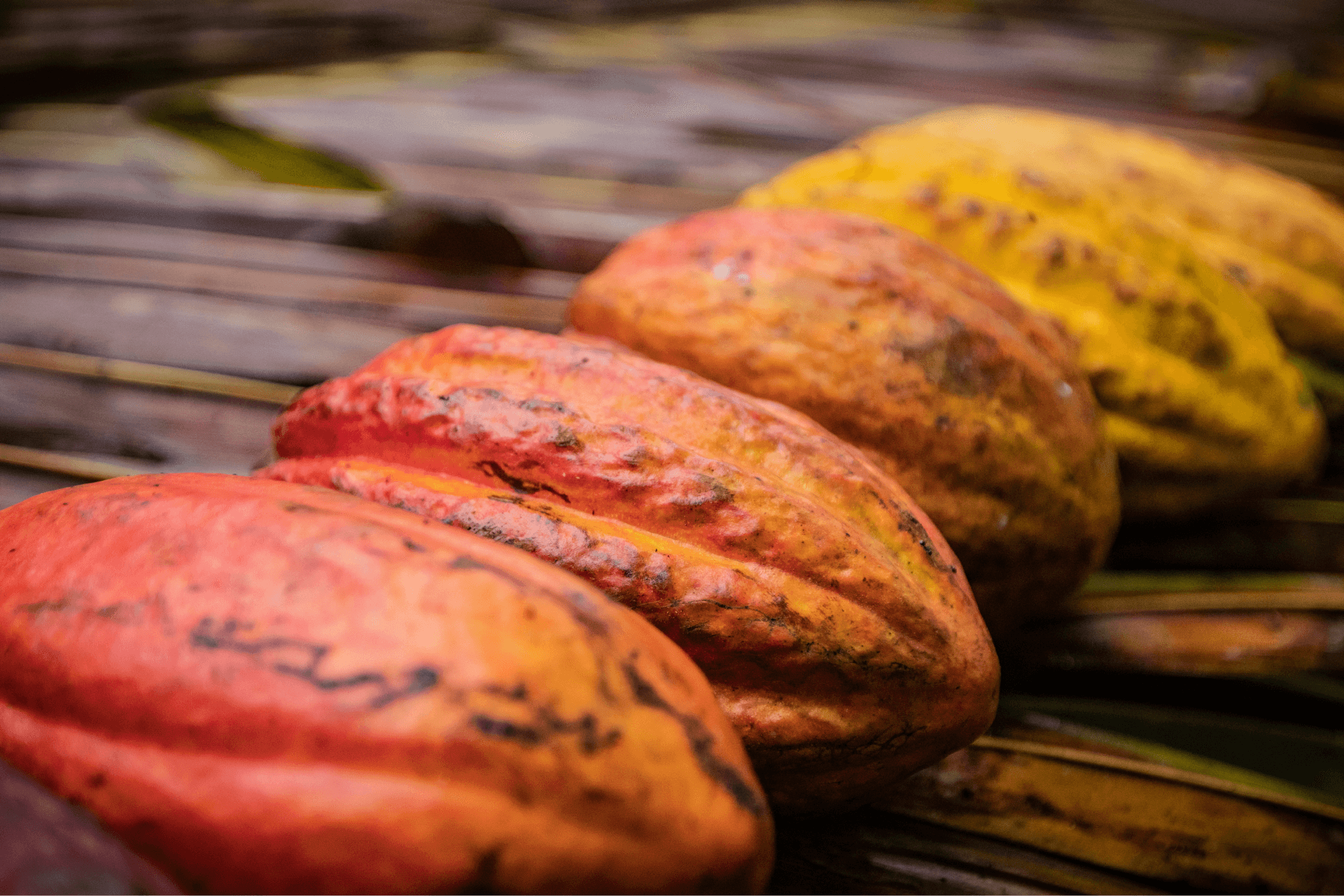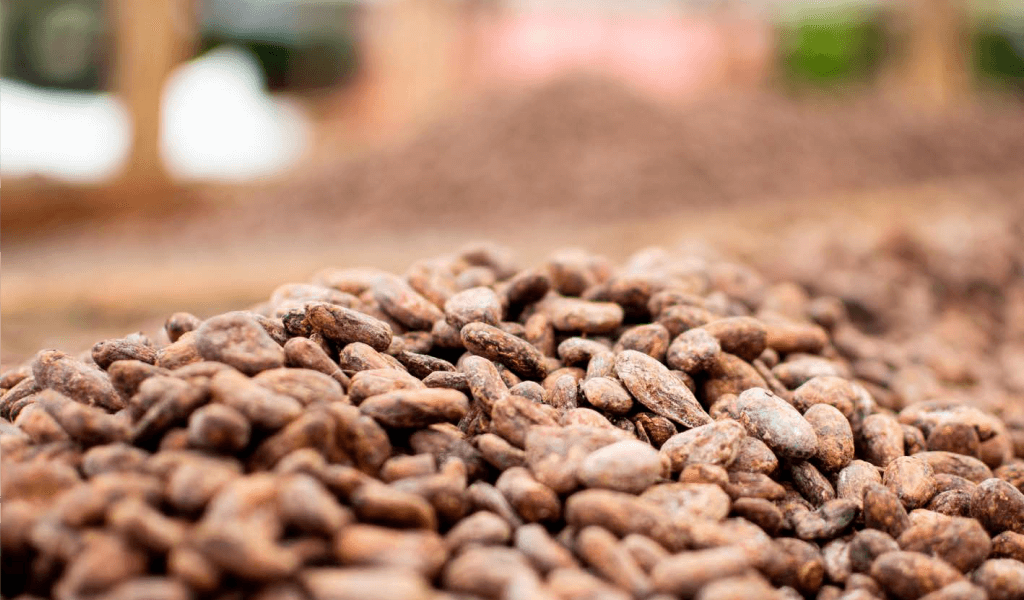Cahabón, Guatemala
By Emily Stone
The steep ascent from the Rio Cahabón to the hilltop village of Tzalamtun is one of my favorite wild terrain drives of all time.
Three hours southeast of Coban on jungle backroads, a dusty whitewashed bridge cuts dramatically across the glistening turquoise Cahabón river. Abruptly switching back to crumbling layers of earth, the road carves a verdant tunnel through cacao farms and cardamom plots, emerging quickly into open lands where traditional corn (milpa) production dominates and the rock-strewn path narrows into a single-lane path cut into a steep, crumbling mountainside. The landscape is gloriously vast, scattered with epic karstic mountains shooting into the sky out of the lush, jungled valley below.
Soon the road flattens out to traverse a mountain range, weaving through villages studded across a mystical vista of knobby hills. Past countless cacao plots with towering madre cacao canopy, droves of spotted piglets, outstretched tarps drying chiles and allspice, and the wafting scents of wood fires and fresh corn tortillas, lies the community of Tzalamtun. Upon arriving at the village, you might feel victorious, accomplished, like perhaps you are the first foreigner ever to have braved that perilous road and arrived at this pastoral, remote Q’eqchi’ Maya village. But you would be wrong.
Tzalamtun has been working with the American craft chocolate market longer than, perhaps, any other origin in Central America. First “discovered” by archaeologist Rick Bronson as he consulted for John Scharffenberger’s burgeoning chocolate business, the village of Tzalamtun was one of the first in the modern Maya culture to produce specialty cacao for export using centralized fermentation and drying processes.
What drew Rick and John to this group of farmers, beyond the rich Maya history of the region, was the incredibly large and uniform size of the beans they produced and the rich chocolatey, nutty flavor of their cacao with hints of raspberry and black cherry when well fermented. After the first visit, Scharffenberger invested in a rustic fermentation facility and cement patios for the association to start developing their craft. The farmers were organized under the association ADIOESMAC, “Association ‘Ox Eek’ for Development of the Maya of Santa Maria Cahabón,” and in 2007 they produced their first container’s worth of specialty cacao for export.
Fast forward seven years...
In February 2013, I came to explore Guatemalan cacao farms for the first time after four years of building the then-perpetually-sold-out Maya Mountain Cacao in Belize. I started at Rick’s farm, now known as Izabal Agroforest and run by his son Juan. Rick explained to me his history working in Alta Verapaz and Tzalamtun to source cacao for Scharffenberger. I decided to go see Tzalamtun for myself.
I made my way up that notoriously rough road for the first time in April 2013 on a public mini-bus leaving from the rural outpost city of Cahabon. As a solo female gringa (white) traveler, I was of great curiosity to everyone aboard the bus. It eventually came out that I was on the hunt for excellent cacao. The mood in the bus began to shift towards excitement and pride. Farmers pointed out their plots as we passed by, and the bus even stopped a couple of times so we could all walk off the bus and admire the beauty of their wildly productive trees bursting with what seemed like precisely the same crimson pods.
I ended up spending the night in a hammock in a farmer’s home in Pinares, the village right next to Tzalamtun, where we conducted cut tests by candlelight and I learned more of the history of the region. What caused these huge beans? Where did they come from? Why did all the trees look so much alike?
As it turns out, the President of Guatemala in the early 1980’s, Fernando Romeo Lucas, was from the region of Cahabón and held the region very dear to his heart. Seeing promising economic opportunity in cacao for the remote villages in the region, Lucas commanded a large-scale government project to bring hundreds of thousands of sticks of fresh budwood from “the best trees” in famous Finca Brillantes on the south coast of Guatemala to Cahabón by helicopter and truck. These trees he selected ended up being primarily UF-665 and UF-667. Grafted seedlings were distributed from 1982-1985 to over 5,000 families. Thirty years later, today these grafted trees are thriving and Cahabón produces over 25% of Guatemala’s total cacao production.
And yet all of this beautiful cacao was being sold, unfermented and dried on roadside tarps, to intermediaries called “coyotes.” These guys drove around the back roads in pick-up trucks with questionable scales and tall stacks of cash, buying whatever farmers had to offer -- corn, beans, cacao, coffee, cardamom, allspice, anything. No quality control. No training. No transparency. And low prices without any incentive to expand or improve cacao farming or agroforestry.
As Cacao Verapaz started taking form later in 2013, I made many trips back to Tzalamtun.
In May of 2013, Alberto Tec Sotz, President of ADIOESMAC, carefully weighed out my first sample of their first centrally-fermented harvest of the decade with a 1-lb rock. Cutting the beans, I found 80% well-fermented, deeply brown and rutted cacao. Later that week I shipped up the rest of the sample to Taza Chocolate for evaluation. It tasted good -- not perfect, but what else could you expect from the first centralized fermentation in more than five years. Nobody had made their way to Tzalamtun since Scharffenberger’s botched import, and the producers were hungry to put their special facility back to use.
On May 1, 2014, several days after Cacao Verapaz’s official incorporation and days before we had our own bank account, I cashed out from ATMs across Coban and brought over 20,000 quetzales in cash with me back up the mountain roads. My friend Raul Quezada, a cacao agronomist who works at the smallholder farmer support NGO FundaSistemas, brought me up in his truck and helped me bring the cacao four hours back to Coban. Cacao Verapaz bought our first metric ton of cacao that day. It was a rush for all of us.
For the first several years, all of ADIOESMAC’s cacao was sold exclusively to Dandelion Chocolate. Greg D’alesandre has made the trek up the Tzalamtun road many times, and most recently his colleague Elmer, originally from Guatemala, reached the village to meet the producers.
The Minister of Agriculture caught wind of Tzalamtun’s rising success as a producer of specialty cacao, and one day in 2015 landed his helicopter on the village’s soccer field to join the farmers for a steaming guacal (dried, hollowed-out gourd for drinking) of rich cacao drink. He announced another large project, inspired by the work of these farmers and their progress in accessing international markets, to invest in technical assistance and cacao production across all of Guatemala.
Today, ADIOESMAC has a brand-new fermentation and drying facility on the same plot of land where the original Scharffenberger patios were built. The new drying decks, patio, and warehouse were built by the Guatemalan government; the new fermentary was funded by a generous donation from Parré Chocolat of New York.
The association started its own clonal garden in 2018 with support from Lutheran World Relief and FundaSistemas, and is monitoring demonstration plots across members’ farms to identify and implement best practices in agroforestry and efficient cacao production. The clonal garden, perched on a slope just beneath the fermentary, looks out over the Cahabón river valley below.
Amidst the patchwork of barren, deforested corn lands are dense, canopied shocks of green -- these are the cacao farms. There is no other origin I can think of where organic agroforestry is so important for the sustainability of a community than in the Cahabón region, where milpa-damaged terrain has eroded so deeply and the risk of mudslides terrify families during the long rainy seasons each year. Economic incentives for cacao agroforestry are one of the most important development programs imaginable for sustainable development of rural Guatemala.
The women of ADIOESMAC have received training in chocolate production (some of which was done by the incredible women of East Van Roasters), and today make chocolate blocks and other products that are sold in markets and villages around the region with great pride.
Cacao production in Tzalamtun is growing, and farmers from around the hills around the village have started to bring wet cacao to the fermentary with the desire to join ADIOESMAC and be a part of what these farmers have started.
It is through their entrepreneurial grit that the ADIOESMAC association continues producing great cacao. We are honored to work with them and bring their cacao to new chocolate makers all around the world as we prepare the 2019 harvest to ship to Amsterdam. Their beans have already made it to Dandelion Japan where the Cahabón chocolate was selected for special Valentine’s Day promotions with Japanese bakeries. The nutty, rich flavor of this chocolate with hints of orange marmalade make this bean versatile and crowd-pleasing. From rocky but promising beginnings for cacao in this region, to now producing and growing fast as one of the best quality cacaos in Guatemala, the Tzalamtun community has a lot to be proud of and hopeful for. Their spirit of generosity and passion for cacao shines through their work, and we could not be more honored to work with and grow alongside this resilient and dedicated community.








